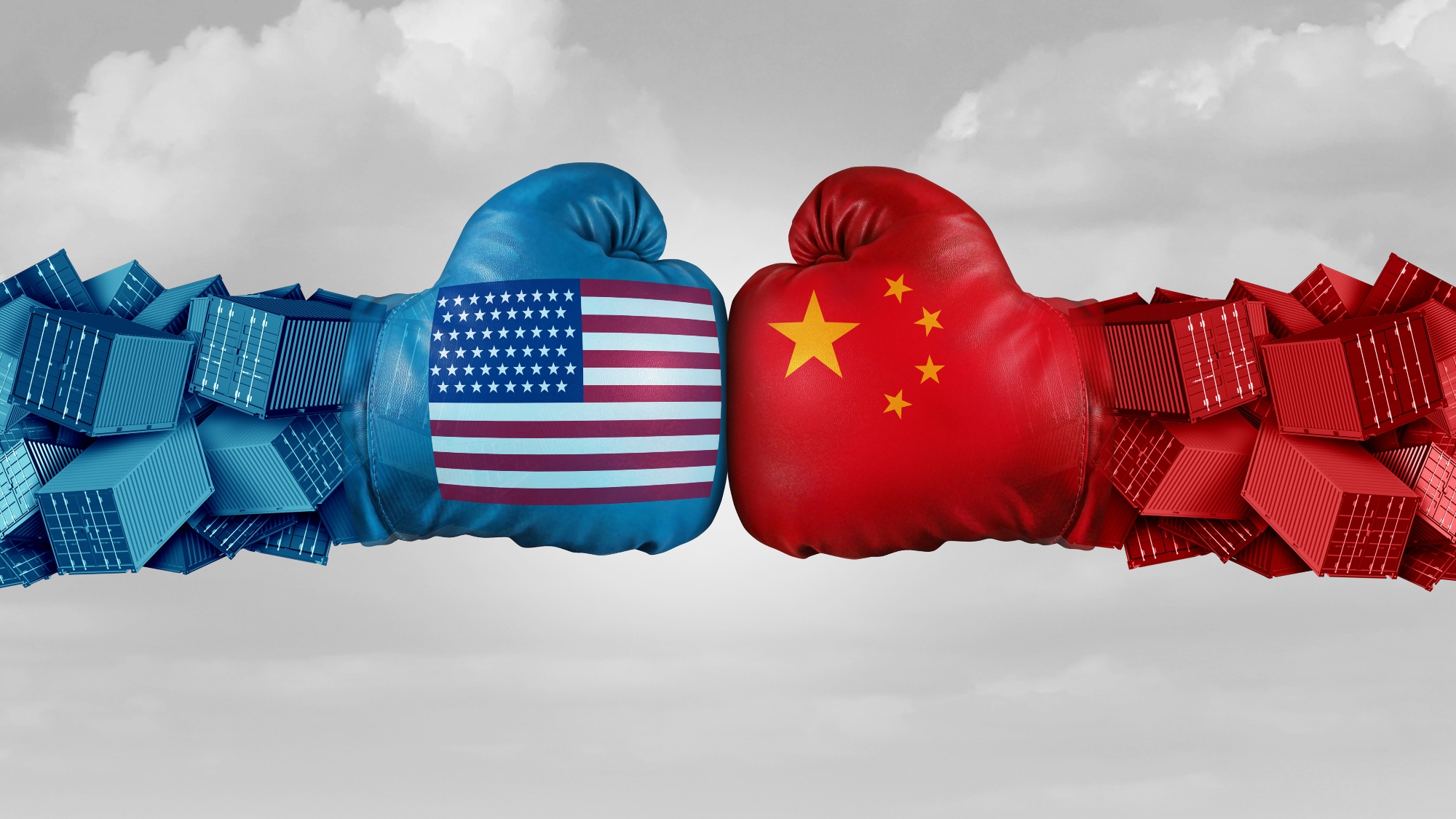The Profit-Leverage Effect in Supply Chains
One of the biggest opportunities for improving your financial performance is reducing the amount of inventory in the supply chain. How much would you guess the average company spends on such goods and services? In manufacturing, the figure is astonishingly high: the average manufacturer spends approximately 56 cents out of every dollar of revenue on managing purchased goods and services—often in the form of inventory located in warehouses, in transit, or even on location at customer sites. In retailing, wholesaling, and high-tech industries, the figure often is even higher. “Our inventory is worth its weight in gold,” says one IBM manager. “Its value depletes at an average rate of between 3% and 5% per month.”
Lowe’s Corporation
Consider the following financial information of a major retailer in the home improvement sector: pre-tax profit margin is ($168,253/ $2,915,664), or 5.8%. This means that every dollar of sales generates a little less than 6 cents in pre-tax profit. Furthermore, the return on assets (ROA) is ($168,253/ $6,344,651), or 2.7%. What strategic initiatives can help improve these figures?
Consider the fact that every dollar saved in purchased materials increases pre-tax profit by a dollar. Therefore, this organization would have to generate $17 in sales to realize the same improvement to the bottom line as cutting $1 from its purchased merchandise costs. This profit-leverage effect is particularly important for low-margin businesses, such as retailing. Also note that in addition to affecting profits, cutting merchandise costs also would reduce the amount of money tied up in inventory, and therefore, produce a higher ROA. To illustrate these points, let’s see what would happen if managers were able to cut merchandise costs by just 3%.
Pre-tax profits would increase 37%, and the new pre-tax profit margin for the company would be ($231,143 / $2,915,664), or 7.9%. By comparison, marketing would have to increase sales by ($62,890 / 5.8%), or $1.1 billion, to have the same impact as a 3% reduction in merchandise costs. In addition, the new ROA would be ($231,143 / $6,281,761), or 3.7%—a full percentage point higher than the previous figure. For a graphic presentation of this data, click here, 1, 2, 3, 4, 5 .
Walmart
Perhaps no other company has been more successful at redesigning its supply chain than Walmart. In response to an increasing global retail organization, Walmart has established critical strategies in multiple functional areas to hit its goals for supply chain management excellence:
Financial:
- Set a 2002 inventory turn goal of 6.9, and set a long-term goal of 10 inventory turns
- Increased its capital budget for Wal-Mart Distribution to $10.7B for 2000
Operations:
- Currently has 84% of goods flow through a Wal-Mart Distribution Center (DC)
- Facilities are highly automated and support two-step distribution
- Established specialized Distribution Centers are used to service stores for commodities such as jewelry, clothing, food, general merchandise, fresh produce imports, and returns
Logistics Processes:
- Stores certify what they receive from the Distribution Centers (99.83% accuracy on store deliveries)
- The back of Walmart stores have been recently renovated to create a mini-DC for the slotting and staging of merchandise
- Walmart is renovating existing DCs to incorporate technology to enable more cross-dock moves (moving toward door per store)
People:
- Continues to work on creating a non-union environment by emphasizing employee satisfaction and a good job environment
- Has established a DC employment base of 90% full-time workers to promote logistics excellence in this workforce
Many opportunities exist to achieve dramatic cost savings far greater than the 3% figure used in the example above—but such initiatives require vision and hard work. The greatest challenge, by far, involves getting associates in different parts of the supply chain to work together. That’s because many organizations still operate in a functional cost-center manner, where managers are rewarded for improving performance only within their own internal group.
Glaxo Smith Kline
To mitigate this risk and help drive change, some organizations have begun to develop internal supply chain “consulting” groups. At Glaxo Wellcome (now GlaxoSmithKline), the supply management team included the CIO, Chief Procurement Officer, and senior executives from legal, manufacturing and R&D. Although the procurement function operated as a cost center, the CEO specifically directed the group to work in a cross-functional manner to promote joint cost-savings projects. The purchasing budget was allocated to drive strategic initiatives such as leveraging the company’s overall purchasing volume, reducing its base of suppliers, and issuing procurement cards to capture spending data. But the savings generated by the team remained within each functional group.
Shell Oil
Shell Oil takes a different tack; it views supply-chain management as a cost center that operates in a consulting mode across the organization. The group is supported by a percentage of the savings it generates across the organization, with the remainder of the savings being shared by the various functions or business units that buy into the plan. These cost savings may go toward the SBU or functional cost-reduction goals set by the corporate executive team. The success of such programs has led senior management to establish an ongoing set of goals for cost savings in the supply chain on an annual basis.
- Categories:


